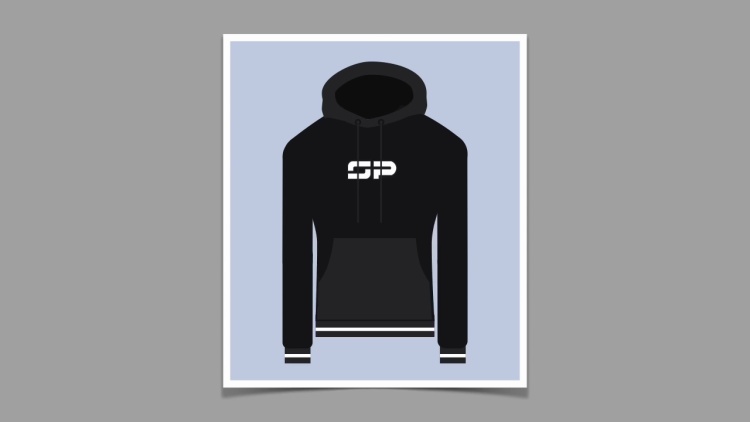United States v. Oreckinto
United States District Court for the District of Connecticut
234 F. Supp. 3d 360 (2017)

- Written by Kate Douglas, JD
Facts
The United States charged Andrew Oreckinto (defendant) with burglarizing a warehouse. At trial, the government introduced a photograph derived from the warehouse’s security system showing the burglar wearing a mask and a black sweatshirt with the letters “SP” in stylized print on the chest. The government also introduced a photograph from Oreckinto’s spouse’s Facebook page that showed Oreckinto wearing a jacket over a black sweatshirt with white stylized print that was arguably consistent with the burglar’s sweatshirt. To aid the jury in comparing the sweatshirts, the government sought to introduce internet images showing the distinctive type of sweatshirt allegedly pictured in both photographs. The lead detective testified that he searched the internet for a sweatshirt matching the burglar’s after seeing the surveillance video. That search returned the subject images, which purportedly depicted a SouthPole-brand sweatshirt. The detective could not recall which websites he took the images from. Although the detective was generally familiar with the SouthPole brand, he did not investigate whether SouthPole actually made the pictured sweatshirt. Oreckinto moved to exclude the internet images, contending that the sweatshirts pictured there might have been knockoffs. Oreckinto did not dispute that SouthPole made sweatshirts or claim that the internet images were altered or planted.
Rule of Law
Issue
Holding and Reasoning (Meyer, J.)
What to do next…
Here's why 899,000 law students have relied on our case briefs:
- Written by law professors and practitioners, not other law students. 47,000 briefs, keyed to 994 casebooks. Top-notch customer support.
- The right amount of information, includes the facts, issues, rule of law, holding and reasoning, and any concurrences and dissents.
- Access in your classes, works on your mobile and tablet. Massive library of related video lessons and high quality multiple-choice questions.
- Easy to use, uniform format for every case brief. Written in plain English, not in legalese. Our briefs summarize and simplify; they don’t just repeat the court’s language.





